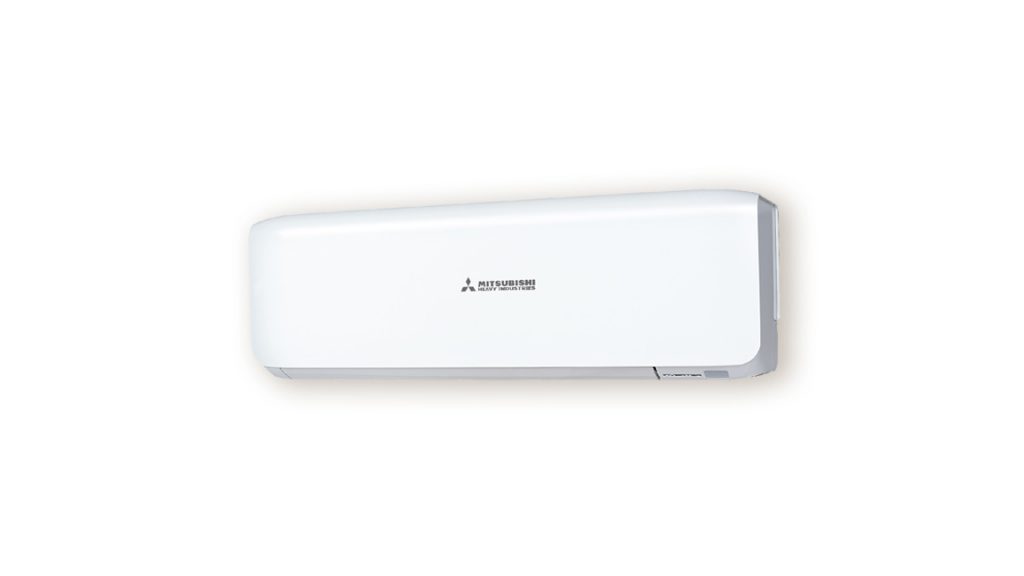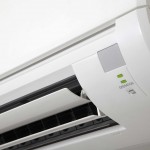CFC Electrical | Test and Tag Moranbah Can keep your bossiness and workplace Compliant. Specified electrical equipment and safety switches need to be tested at intervals according to their class of work.
For construction work this information is in AS/NZS 3012 Electrical installations – Construction and demolition sites.
For manufacturing, service, office, amusement and rural industry work, the information is in the Electrical Safety Regulation 2013 (PDF, 846 KB).
On this page – CFC Electrical | Test and Tag Moranbah
Who can test electrical equipment? – CFC Electrical | Test and Tag Moranbah
Only a person appointed as competent by their employer can test and tag electrical equipment.
It is an offense under the Electrical Safety Act 2002 (PDF, 825 KB) to repair electrical equipment unless you have the appropriate electrical work licence.
Competence is based on knowledge and skills gained from training, experience, qualifications or a combination of these.
Tagging electrical equipment – CFC Electrical | Test and Tag Moranbah
A durable tag must be attached after inspecting and testing to clearly show the test date and the next scheduled test and inspection date.

A tool showing the inspection and testing tag (blue impact drill with tag off handle)
Intervals for testing are determined by consulting the Electrical Safety Regulation 2013 (PDF, 846 KB) and AS/NZS 3760 In-service safety inspection and testing of electrical equipment.
Test and tag requirements for hire electrical equipment
There are specific requirements on the hire company for inspecting, tagging and testing hire equipment.
Intervals for testing – CFC Electrical | Test and Tag Moranbah
The class of work determines how often specified electrical equipment and safety switches are tested.
| Class of work |
Portable/specified electrical equipment |
Type 1 or 2 safety switch (fixed) |
Type 1 or 2 safety switch (portable) |
Construction work
|
At least 3 monthly intervals by a competent person |
- Use the inbuilt test button (at least monthly)
- An operating time/current test by a competent person at least annually
|
- Use the inbuilt test button – immediately after it is connected and immediately before it used, first time each day
- By a competent person, at least every 3 months
|
Manufacturing work
|
- If equipment is double insulated, at least every 12 months by competent person
- If not double insulated, at least every 6 months by competent person
and connected to a safety switch |
- Use the inbuilt test button – at least every 6 months
- An operating time/current test at least every 12 months by competent person
|
- Use the inbuilt test button – daily or before each use, whichever is longer
- By a competent person, at least every 12 months
Note: From 1 March 2008, portable safety switches are not to be used in manufacturing work. Installed safety switches must be used |
Service work
|
At least 12 monthly intervals by a competent person or connected to a safety switch |
|
|
Office work
|
At least 5 yearly intervals by a competent person or connected to a safety switch |
- Use the inbuilt test button at least every 6 months
- An operating time/current test by a competent person, at least every 2 years
|
- Use the inbuilt test button at least every 3 months
- An operating time/current test by a competent person at least every 2 years
|
Amusement work (specified electrical equipment)
|
- If equipment is double insulated, at least every 12 months by competent person
- If not double insulated, at least 6 months by competent person and connected to a safety switch
|
|
|
Amusement work (amusement rides and devices)
|
Inspected and tested each after each onsite assembly, and every six months |
|
|
Rural industry work (all plug in equipment)
|
Visual examination before each use |
|
|
Rural industry work (Specified electrical equipment used under stated electrical risk factors)
|
Either: test and inspect every 12 months or protect with a safety switch |
Recommended push button test every three months |
Recommended push button test every three months |
For construction work, refer to AS/NZS 3012 Electrical installations – Construction and demolition sites.
For all other work, refer to the Electrical Safety Regulation 2013 (PDF, 846 KB).
Equipment that fails testing should be immediately taken out of use and a durable tag must be attached warning people not to use the equipment.
If the equipment is safe you must attach a durable tag which shows when the next test is due.





